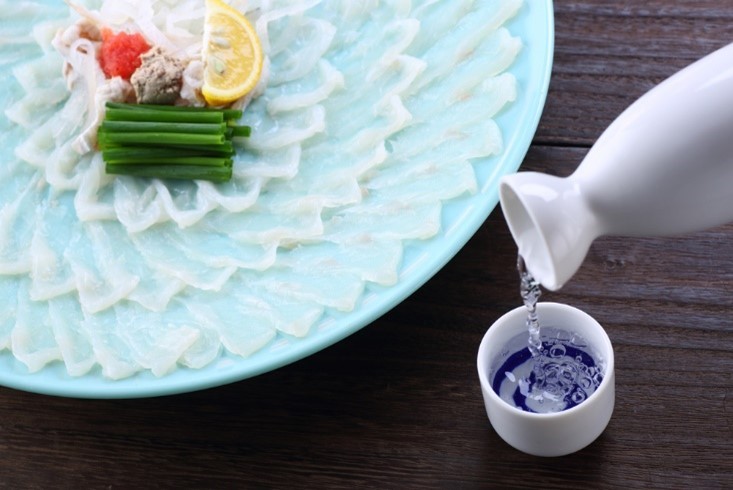
Everybody knows that just like fine wine, some sake simply gets better with age. But there are some extra special types of Japanese rice wine that can only be enjoyed fresh and for a limited time only.
Japan is the land of four great seasons - apparent in its famous cherry blossoms, autumn foliage and white snowy peaks. Seasonal changes are not only observed in natural landscapes, but in Japanese food and drink culture too, with traditional recipes making use of seasonal crops in many beautiful culinary creations throughout the year. Surprisingly, it is the cold Japanese winters that are the busiest time of year for sake breweries as they get to work brewing their first batches of sake from the bounties of the rich autumn harvest. These first fresh batches, known as “shinshu” or “new sake”, are particularly sought after for their delicious, clear taste. Real sake connoisseurs carefully judge sake by the brewery name, region or rice type used before investing, and it is these first batches of shinshu sake that are a particular highlight of the year for sake fans.
★ Don’t drink and drive
★ Underage drinking is illegal
What is shinshu sake?

Before diving into the ins and outs of shinshu sake, it is important to first understand the sake brewing process. In Japan, the sake brewing year starts on July 1st and continues until June 30th of the following year. Brewer’s rice is generally cultivated from July to October, then harvested, sorted and polished throughout November, ready for use in December’s sake brewing. From December to March, the temperatures in Japan plummet, and it is these cold, crisp winters that create a stable environment for brewer’s yeast and the perfect conditions for sake brewing. Sake is brewed, packaged and sold, then new rice is planted from May to June, and the brewing cycle begins again.

So, what exactly qualifies as shinshu or “new” sake? The truth is, even expert opinion on the matter can differ, however the most accepted definition is as follows: sake from the same brewing year, made using rice from the autumn harvest, brewed throughout winter and sold during the spring. This short brewing period guarantees ultimate clarity and freshness.
What makes shinshu sake so popular?
Limited time only freshness
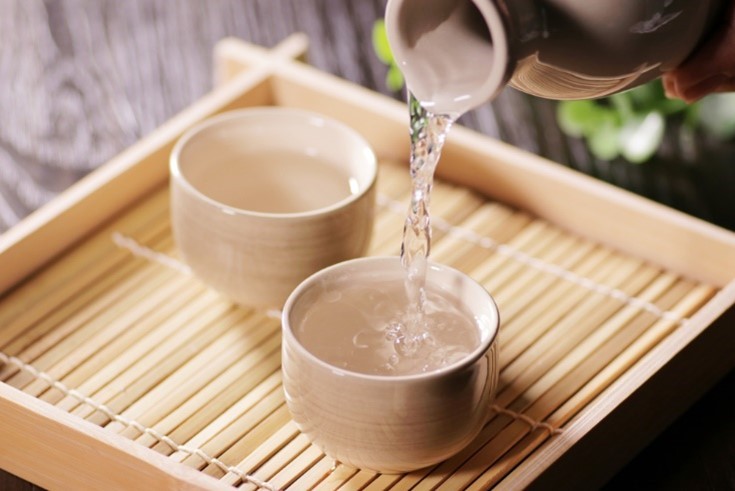
As Japanese sake ages, any sweet, tart and bitter tones tend to merge into one, creating a mellower, deeper taste over time. Compared to matured sake, shinshu sake has a fresher, lighter aroma. However, due to oxidation, storage temperatures, exposure to sunlight and differing storage methods, this unique taste only lasts for a limited time after opening, so enjoy it while you can! The limited time only appeal ties in well with the poignant, fleeting beauty of Japanese cherry blossoms in the spring.
Perfect pairing with seasonal cuisine
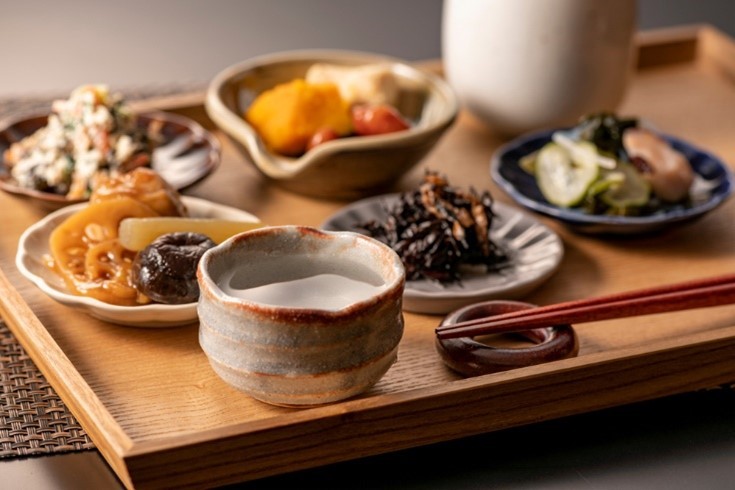
There are many different recommended ways of serving sake depending on its type, however shinshu sake is best served cold. This way, the crisp and punchy flavor profiles of the yeast used in the brewing process will spread out perfectly on the palette. Shinshu sake is sold in winter and spring, pairing well with simple dishes that make use of seasonal ingredients, such as sashimi and spring vegetables.
The sugidama as the symbol of shinshu sake
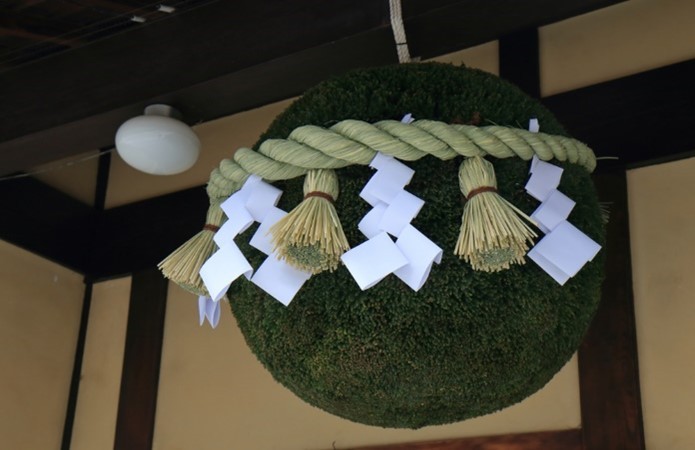
Have you ever seen a round ‘sugidama’ ball hung at the entrance of a sake brewery? Also known as ‘sakabayashi’, these large spheres made of cedar are often strung up in the eaves of sake breweries, and are closely related to the life cycle of shinshu sake. When sake breweries hang up a green sugidama, it is a signal to say that the first batch of shinshu sake is ready. As time goes by, these sugidama balls gradually turn brown – a depiction of how much the sake has aged. At the start of the next brewing year, the sugidama are changed to a new green cedar ball, and the cycle starts again. Recently sake shops have also taken to hanging up sugidama as a way for customers to be able to tell how mature the sake is.
Taking reservations for limited time only shinshu sake by Izumibashi Brewery
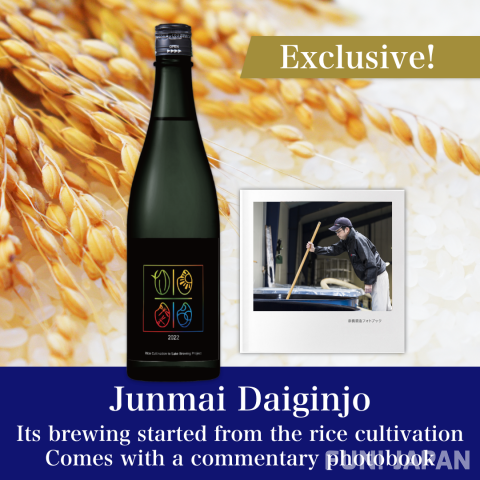
Many types of shinshu sake can only be bought within Japan, so the only option for foreign residents wishing to sample this deliciously fresh sake is to visit Japan during the shinshu sake season.
However, there is good news for FUN! JAPAN readers! High grade shinshu sake by Izumibashi Brewery is now available for reservation on our website.
Izumibashi Brewery don’t just brew sake – they cultivate their own brewers rice and oversee the entire sake-making process, from raw ingredients to the finished product. Using Kanagawa Prefecture Yamada Nishiki rice and pure underground water from nearby Tanzawa-Oyama, Izumibashi Brewery’s quality brewers rice means it is designated as high-grade sake, and it now comes with a special limited edition label design too!
When you purchase this sake, you will also receive a free photo album containing pictures of the rice-growing process in the beautiful Japanese countryside that communicate the heart and soul that goes into crafting simply beautiful sake. There are only limited numbers of Izumibashi Brewery shinshu sake available on a first come first served basis. Kampai (cheers)!
Product description
• Original Japanese sake, 720ml x 1
【Type】Junmai Daiginjo (pure, high grade sake)
【Rice type】Yamada Nishiki
【Rice polishing ratio】48%
【Sake meter value】+2
【Alcohol content】16%
【Serving temparature】5 – 15 degrees Celsius (Sake meter value and acidity are estimates)
Photo book x 1
【Specifications】145mm x 145mm/24ページ
★ Don’t drink and drive
★ Underage drinking is illegal
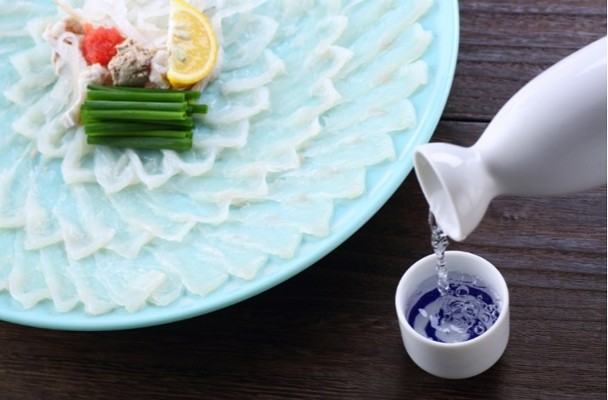

Comments